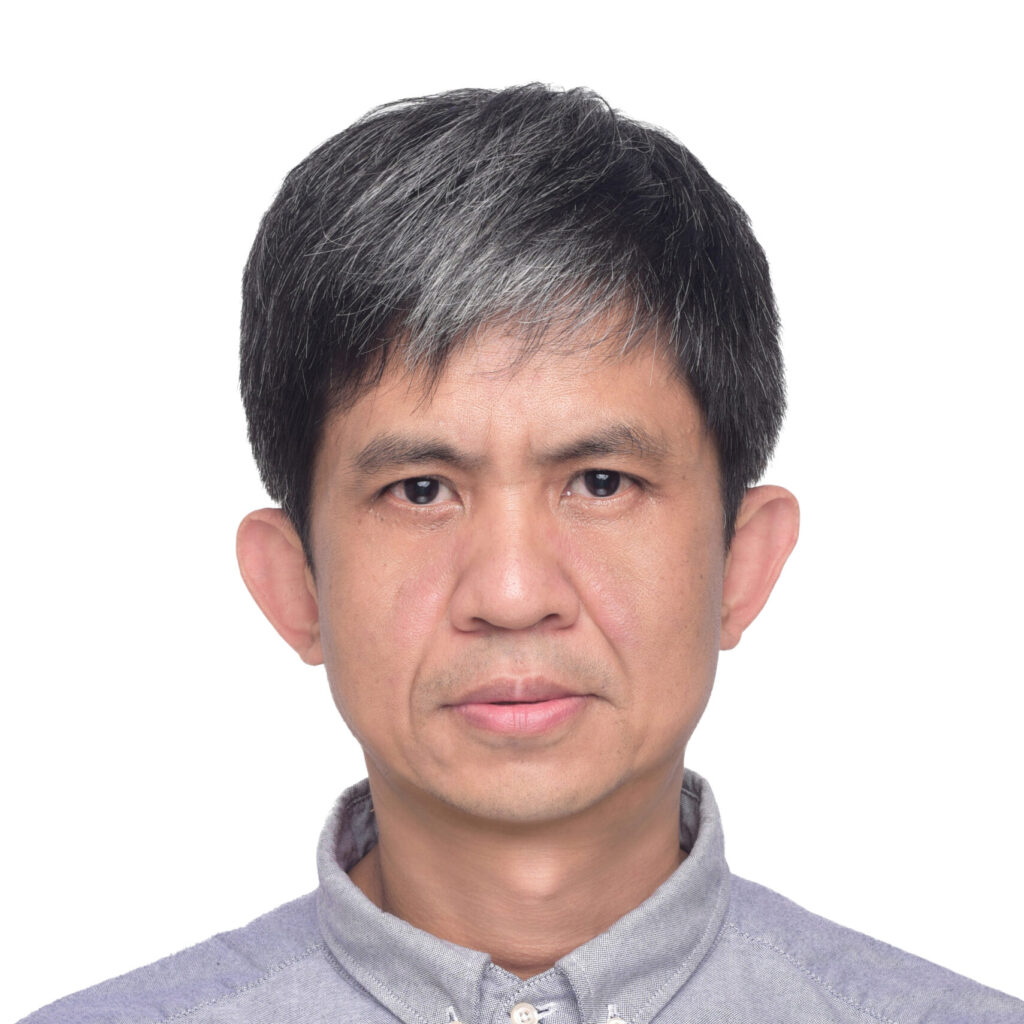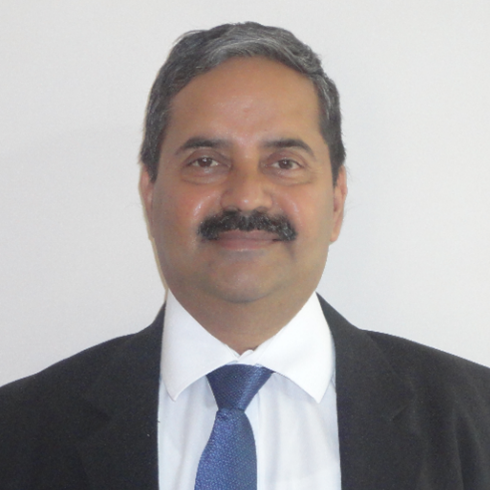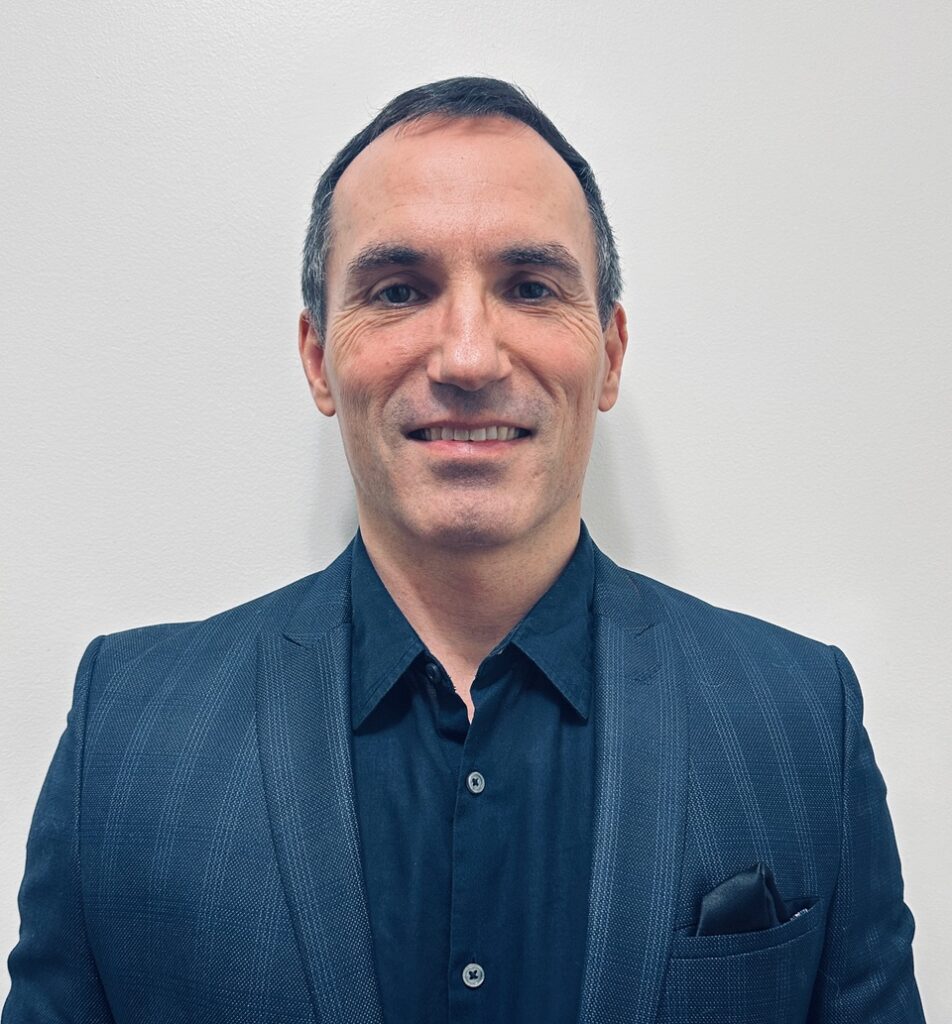Tim Stark has been immersed in geosynthetics and the IGS for more than 30 years. He is currently a member of the IGS Council and chairman of the IGS Pan-American Regional Activities Committee. Here he shares his thoughts on how he sees the industry evolving and its key priorities.

Please tell us a bit about your involvement and role in the IGS.
I first became active with geosynthetics by assisting with the International Fabrics Association International Geosynthetics Conference in San Diego in 1989. I became involved with the IGS shortly after by attending various IGS regional conferences, working with the North American Geosynthetics Society (before it became IGS North America), publishing papers in the IGS journals Geosynthetics International and Geotextiles and Geomembranes, and attending the 6th International Conference on Geosynthetics in Atlanta in 1998.
My first paper published in Geosynthetics International is dated 1996 and I am now on the Editorial Board of both journals. I have also given presentations in Educate the Educators (EtE) events in South Africa (2018) and Australia (2019) as well as giving short courses in various places including New Zealand.
After being elected as vice-president (VP) of the IGS North America Chapter in 2017, I served a four-year term as VP of University Outreach. I increased student enrolment during my term with the hope that the students would become active members after graduation.
In 2020, I was elected (not co-opted) to the IGS Council. Within one month of joining the Council, I was elected Chairman of the IGS Pan-American (PanAm) Regional Activities Committee. I am also serving on the IGS Educational and Corporate Committees and the Recognitions Task Force.
So tell us about your involvement in the PanAm Committee and what’s coming up.
After being elected chair of the PanAm Committee, I initiated monthly teleconferences with all of the PanAm Chapters to increase dialog between them and provide resources to chapters that were trying to reinvigorate their activities. I also started a free monthly Spanish and Portuguese webinar series that has generated good attendance and response.
Plus, various IGS materials have been translated into Spanish and posted on the Spanish LinkedIn page and the Spanish language website. The Spanish website also contains all of the recorded Spanish webinars, slide decks, and associated materials that are free to download.
These activities have helped reinvigorate the PanAm Committee and is leading to the creation of three new IGS Chapters (Guatemala, Bolivia and Ecuador). EtE events are being organized for Chile, Columbia, and Honduras this year. And, as soon as the pandemic allows, IGS Ambassador visits are planned for Mexico with a stop in Guatemala to assist with their new chapter, Panama, and Chile with a stop in Bolivia to assist with its new chapter. The PanAm Committee is also planning a ‘geosynthetics in mining’ short course in mid-2022 with the Brazilian, Chilean, and Bolivian Chapters.
How has the IGS evolved since you joined?
The IGS has evolved into a large and important international society. This evolution includes the creation of a beautiful new website that contains a digital library full of important documents, which convey the appropriate use of geosynthetics globally.
The IGS is continuing to evolve by expanding its successful EtE program to launch an Educate the Regulators (EtR) series and by tackling important current topics, such as microplastics. The EtE program is still providing professors with excellent materials to include geosynthetics in their classes but now the entire program can be delivered virtually, which is making it even more accessible.
What do you do outside the IGS? Do you have a geosynthetics specialism or area of interest?
I am a Professor of Civil and Environmental Engineering at the University of Illinois at Urbana-Champaign with an expertise in Geotechnical Engineering. I have been conducting research and teaching on geosynthetics with an emphasis on containment and other barrier applications for more than 30 years.
In particular, my research focuses on the static and seismic stability of waste containment and mining facilities, which has led to a better understanding on geosynthetic durability, design values of geosynthetic interface strengths for stability analyses, importance of interim slope conditions in landfill and mining operations, shear behavior of geosynthetic clay liners, and three-dimensional slope stability analyses for geosynthetic lined slopes.
In the last 10 years I have been studying the effects of elevated temperatures on the long-term durability of geosynthetics in geo-environmental applications. I am also the Technical Director of the Fabricated Geomembrane Institute which is an industry-sponsored research organization investigating the advantage and disadvantages of factory-fabricated geosynthetics for containment, reinforcement, and seepage applications.
How has the industry changed and how do you see it developing?
The geosynthetics industry has grown into a large and mature business, such that geosynthetics can be seen on almost every construction site, including geotextiles, erosion control products, reinforcement, geopipes, geonets, and drainage geocomposites.
With market maturation, competition increases so it is important that we continue to focus on the appropriate use of geosynthetics in each application, so we continue to have great success stories. If geosynthetics start being used in inappropriate applications, clients and engineers may start to question the usefulness of geosynthetics.
So far we have done a great job in promoting the appropriate use of geosynthetics, which has resulted in a large market but now we need to focus on new applications to continue the growth instead of pursuing inappropriate applications. The IGS is the perfect entity to convey information on the appropriate use of geosynthetics for the benefit of the client, society, and ultimately the planet.
What do you think will be the challenges and opportunities for the industry over the next few years?
The top challenge for the IGS right now is the public association of geosynthetics with microplastics. Microplastics are plastic particles that are less than 5mm in length. Unfortunately, these tiny pieces of plastic can pass through water treatment and filtration systems and be introduced into bodies of water, which can pose a threat to aquatic life. These small plastic particles are used in health and beauty products and are not related to the manufacture or use of geosynthetics.
There may be relief soon because on December 28, 2015, President Barack Obama signed the Microbead-Free Waters Act of 2015, which bans plastic microbeads in cosmetics and personal care products. In the interim, the IGS needs to educate the public that these microplastics are not generated by geosynthetic manufacturing or usage and geosynthetics are still providing great and cost-efficient benefits to infrastructure construction.
A second issue facing the IGS is showing how geosynthetics make infrastructure construction and operation more sustainable. Sustainability is a focus of the IGS because of its importance to society and the planet. This is positive because geosynthetics are more sustainable than traditional construction materials, but this benefit is not widely known.
The IGS formed a Sustainability Committee to disseminate the positive sustainability and financial benefits of geosynthetics to owners, architects, engineers, other construction professionals, educators, and students so hopefully this message will soon be understood worldwide.
What do you think are the current key priorities for the geosynthetics industry, and why?
Finding new applications for geosynthetics outside of infrastructure, such as, agriculture, societal issues, and homes. Some of the agricultural applications could include livestock waste lagoons containment, e.g. bottom liner systems and biogas covers to capture methane and reduce carbon emissions, using geosynthetics to increase crop production, e.g. fumigation films, crop protection, e.g. insect and pest covers, and harvested product storage, e.g. grain, hay, and silage covers.
Some of the societal applications include developing geosynthetics/materials that convert from travel bags or backpacks into temporary shelters, thick geotextiles and/or geomembranes for portable sleeping mats/pads, geotextiles for city art instead of building graffiti, and geosynthetics to increase production of urban gardens.
What do you enjoy the most about being involved in the IGS?
It would be the dedicated, collaborative, and diverse nature of every meeting that I attend. In every IGS meeting there are participants attending at wildly different times of the day from early morning to late at night to discuss important IGS-related issues. It is common to have six continents represented in a typical IGS meeting offering their valuable and different perspectives on the IGS and geosynthetics.
What are you most looking forward to in the IGS calendar?
I am most looking forward to the 12th International Conference on Geosynthetics (ICG) in Rome, Italy on September 18 to 22, 2023 – I can’t wait! It will be the first ICG since the pandemic started and it will be held in beautiful and historic Rome so everyone can make up for the last two years of pandemic restrictions. In particular, I am looking forward to the many sidewalk cafes and the artists in Piazza Navona.
Do you have any messages for members?
Please become more active in the IGS, volunteer for your local IGS Chapter, and/or help recruit new members and companies to get involved. Increasing new members and information about the appropriate use of geosynthetics will further increase the importance of the IGS, facilitate geosynthetic usage, and make the planet a better place to live. In particular, I believe the appropriate use of geosynthetics will create a more resilient and sustainable society and help preserve our valuable resources for future generations, which should be our greatest goal!
**
To find out more about the Pan-American Regional Activities Committee, visit here.





















